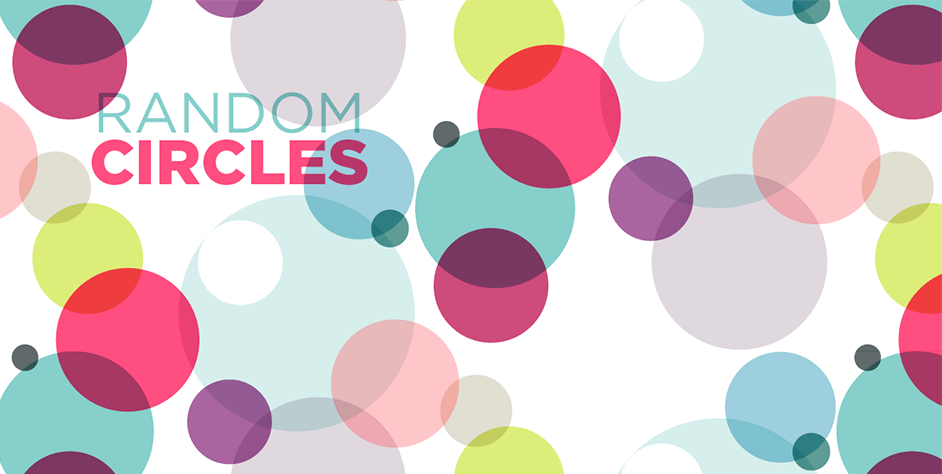

Make adjustments as you see fit to these settings.īelow you’ll see a zoomed-in version of one of my watercolor textures.

Select Color for Mode and hit Preview to see your image tracing result. Select your raster image and open the Image Trace panel. Import any raster-based textures into Adobe Illustrator (I simple Copied and Pasted my textures from Photoshop into my Illustrator document). It’s also an option for you to use pre-made watercolor and grunge textures, which you can find on Vecteezy and other digital asset resource sites. Use whatever colors you want to appear in your final drawing.

You’ll find plenty of them over on Brusheezy that work well for this use. You can open up Adobe Photoshop (if you have it) or a similar drawing program and scribble out some textures with textured brushes. Next we’ll need some watercolor, gouache, or marker-like textures. Unite each design element (each plant) in the Pathfinder panel with its respective components. They’ll be layered over each other later. Draw stems, leaves, flowers, palms, and more. You can also use the Pen Tool or Pencil Tool if you’d rather just make sure you’ve converted any stroked paths to objects when done. We’ll begin with the Shape Builder Tool in drawing simple plant shapes. Topics Covered: Design Theory, Drawing Skills, Tracing Panel.Tutorial Details: 7 Steps for Easy Flat Work Hand-Drawn Vector Design Get in on the hand-drawn vector illustration trend without leaving the digital realm with this fun and tropical pattern tutorial.


 0 kommentar(er)
0 kommentar(er)
